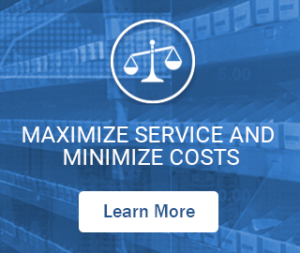Scattering all your data across multiple spreadsheets gets in your way. Pulling all the data together in the Smart Platform on the cloud lets you automatically refresh the data every day and always see the full picture. Then you can run analytics in the Smart Inventory Optimization app to see how you’re doing in terms of multiple cost and performance metrics and how those metrics would change if you changed key drivers, such as supplier lead times.

Related Posts

Everybody forecasts to drive inventory planning. It’s just a question of how.
Often companies will insist that they “don’t use forecasts” to plan inventory. They often use reorder point methods and are struggling to improve on-time delivery, inventory turns, and other KPIs. While they don’t think of what they are doing as explicitly forecasting, they certainly use estimates of future demand to develop reorder points such as min/max.
What Silicon Valley Bank Can Learn from Supply Chain Planning
If you had your head up lately, you may have noticed some additional madness off the basketball court: The failure of Silicon Valley Bank. Those of us in the supply chain world may have dismissed the bank failure as somebody else’s problem, but that sorry episode holds a big lesson for us, too: The importance of stress testing done right.

Uncover data facts and improve inventory performance
The best inventory planning processes rely on statistical analysis to uncover relevant facts about the data. When you have the facts and add your business knowledge, you can make more informed stocking decisions that will generate significant returns. You’ll also set proper expectations with internal and external stakeholders, ensuring there are fewer unwelcome surprises.









